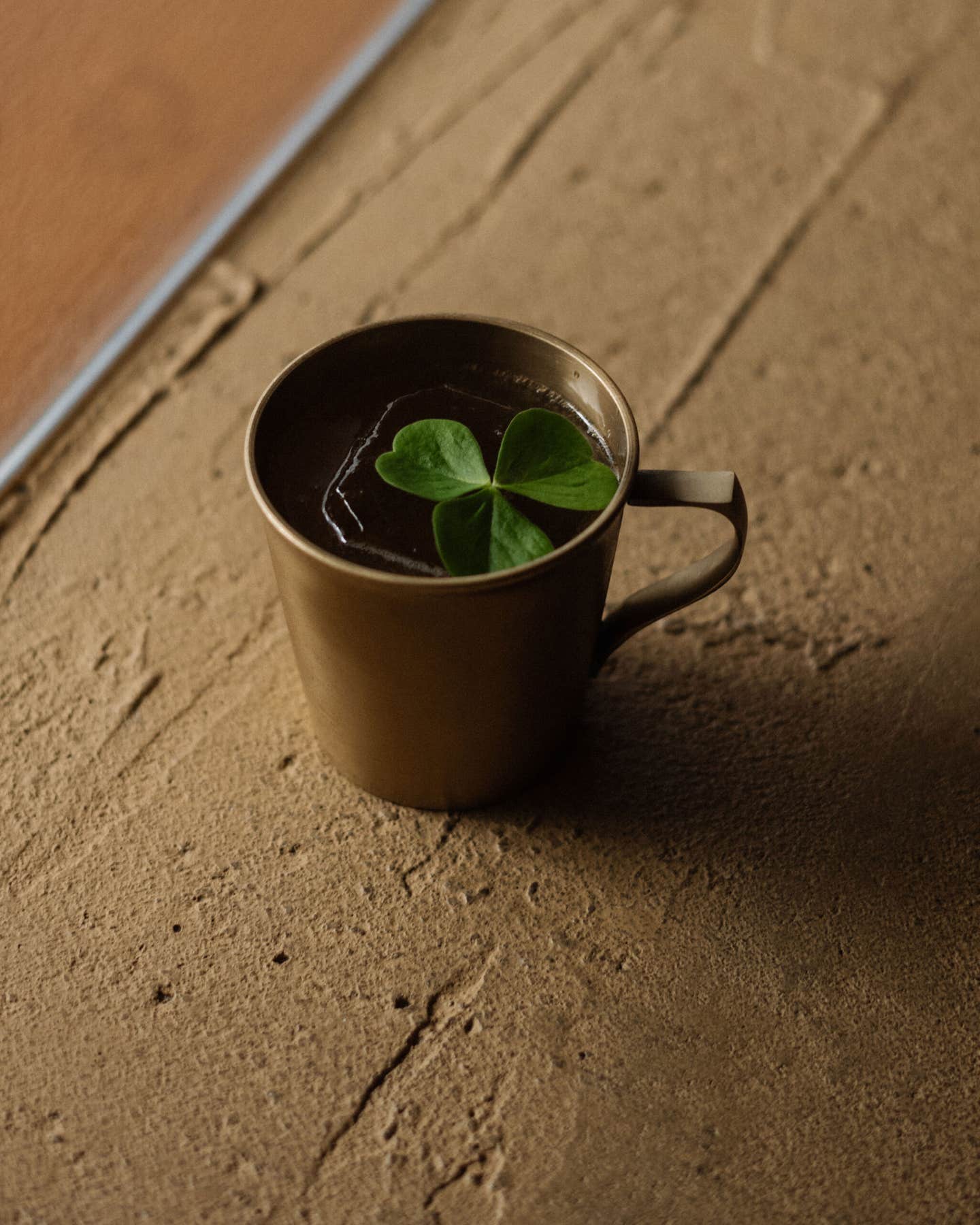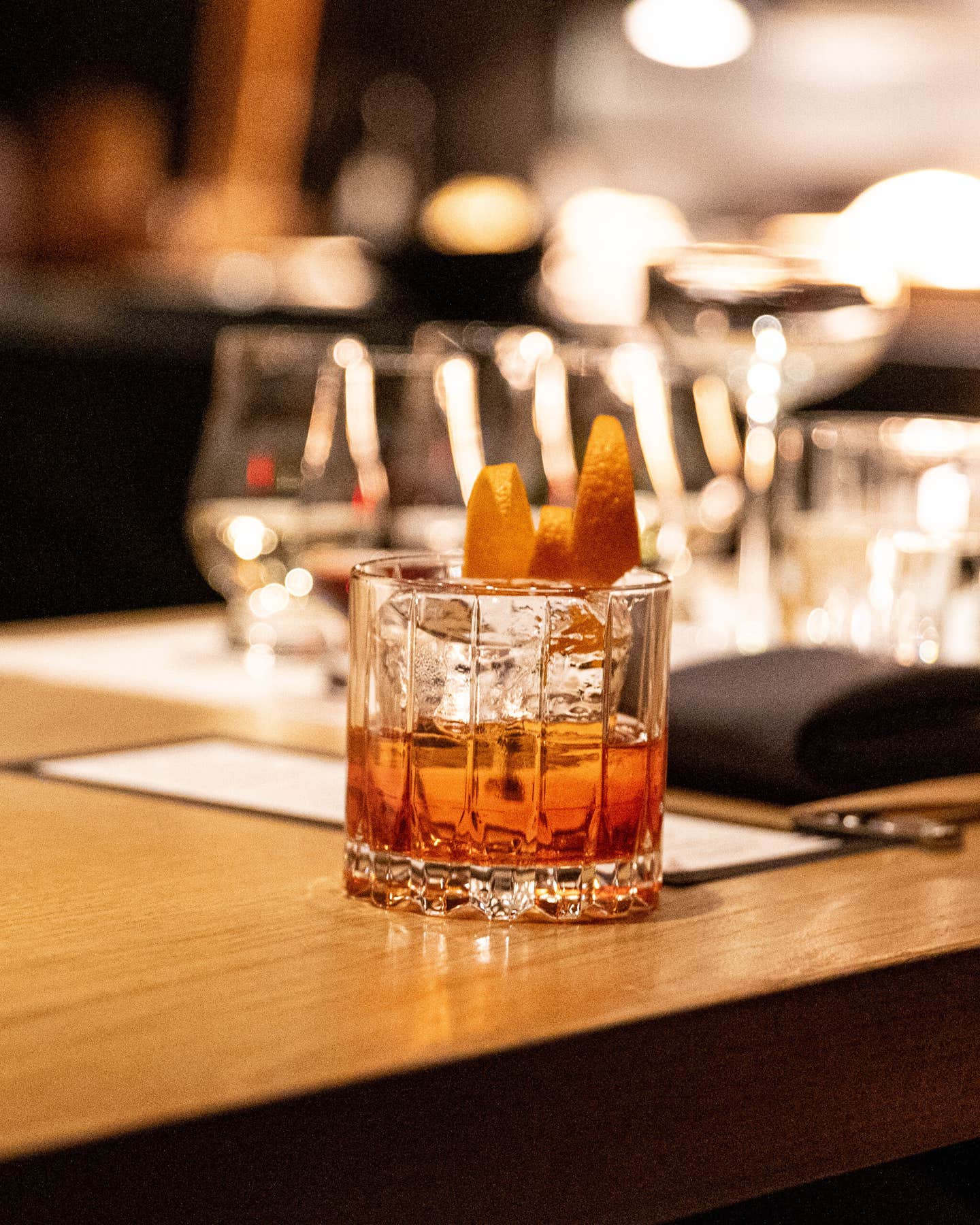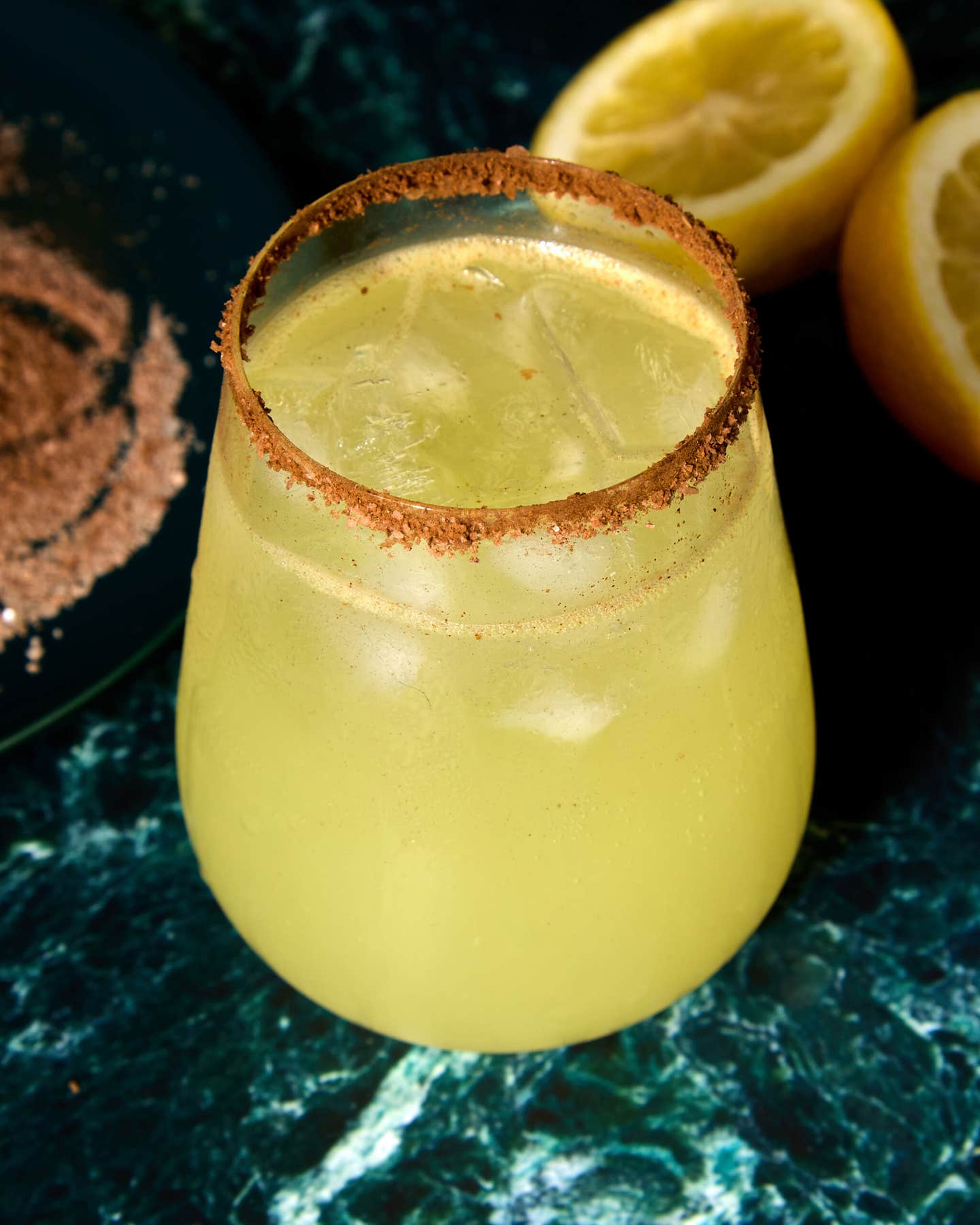
City of Light Wine
Some of the rarest wines in France are made in the one place where wine lovers would least expect to find them: Paris. There are about 20 producing vineyards in and around the city today, and while the vintages they yield aren't likely to earn 99 points out of 100 in anybody's newsletter, they are a drinkable (at least sometimes) link with the past—an evocative, if somewhat obscure, Parisian tradition.
Certainly, the best-known vineyard in Paris is that of Montmartre, in the 18th arrondissement. The whole of this hilly neighborhood, now infested with tourists and vice, was once covered in vines. Today, the sole remaining grapes grow in an enclosed plot of just over half an acre, on a north-facing slope at the corner of the rue des Saules and the rue Saint-Vincent—across the street from the famous fin-de-siecle cabaret Le Lapin Agile and beneath the landmark basilica of Sacre-Coeur. This vineyard, called Clos Montmartre, is not exactly a survivor of the ancient vines, however. It was planted only in the early 1930s, after a Montmartre artist named Franscisque Poulbot had successfully led a battle to prevent an insurance company from building its new headquarters on the site.
Every year, the Montmartre government (each of Paris's 20 arrondissements has its own mayor and mairie, or town hall) designates an autumn weekend as the official harvest time for the local grapes—which are mostly a gamay clone called morgon, plus some pinot noir and an obscure variety called landay. On that weekend, the community celebrates a colorful Fete des Vendanges, complete with parade and costumed revelry. Marching bands and celebrants in fancy dress, from not just Montmartre but other parts of Paris as well—and as far away as Brittany—troop up and down the streets to the sound of trumpets, bagpipes, and drums. Representatives of the so-called Republique de Montmartre (the neighborhood talks much about its "independence") dress in the manner of turn-of-the-century _chansonnier _Aristide Bruant, with black capes and hats and flowing red scarves. Performers sing cabaret songs on an outdoor stage, and there is much merriment all around, fueled by wine from the previous year's vintage.
What there is not, on this official harvest date, is much of a harvest. Local dignitaries pick two rows of grapes during the festivities—but the balance of the vineyard is ordinarily harvested a few days beforehand by gardeners employed by the city of Paris. After being picked, the grapes are transported downhill to the cellar of the mairie, where they are crushed, fermented, and aged. The annual production of Clos Montmartre (which is also the name of the wine itself) is about 850 half-bottles—most of which is sold at the Fete des Vendanges, with a small quantity put up for auction in six-bottle wooden cases decorated by local artists. The proceeds go to help the old and poor of the quartier.
Clos Montmartre is generally considered to be a collector's item, rather than something to open for dinner, and few people will admit to actually having consumed it. I did taste the 1995 myself late last year—the first vintage produced by Francis Gourdin, a new winemaker recently hired by the city to upgrade the wine's quality. It had a good bright color, and a nose largely dominated by smart new oak—which also overwhelmed any light fruit it might have had in the mouth. Those who prefer wood to grapes would probably have enjoyed it.
Another sort of wine altogether is made under the supervision of Jacques Melac, who owns the popular wine bar of the same name on the rue Leon Frot, behind the Bastille. His is a wine made out of grapes from all over Paris. A few trellised vines adorn his establishment's façade, but these are just the beginning: In 1991, Melac and a few friends founded an association called Les Vignerons de Paris; the principal qualification for membership is ownership of at least one producing grapevine within the city's boundaries. Today, the group has more than 250 members, among them the famous baker Lionel Poilane (see "Lives", saveur, July/August, 1995) and the artist Jean-Paul Chambas. These stalwarts harvest their own grapes annually and bring them to Melac's place in mid-September to be turned into wine. Each year, the winemaking is supervised by a professional vintner from a better-known wine region in another part of France. (Philippe Dhalluin, who makes wine at Chateau Branaire-Ducru in Saint-Julien, did the honors one year.) The wine is kept in barrels by Melac until the following March, when it is bottled under the Les Vignerons de Paris label. Each member gets a share proportionate to the fruit he or she contributed, while the balance, with original artists' labels, is sold off by the association. The profits are given to La Ligue Contre le Cancer, or the League Against Cancer. I recently tasted the Vignerons' 1992 vintage: It was pale in color, green but sweet and somewhat stinky to the nose, and flat in the mouth, with a bizarre rough metallic flavor—clearly another wine meant more for collecting than for drinking.
Just beyond the southwestern side of the boulevard Peripherique, which surrounds Paris, is the suburb of Issy-les-Moulineaux. Here, Yves Legrand makes a white wine—called Le Clos des Moulineaux—from slightly less than six acres of chardonnay and pinot beurot (a relative of pinot gris, also known as fromentin). "There are records of vineyards in Issy going back as far as the seventh or eighth century," says Legrand, who also owns a warehouse-style retail wine outlet in the suburb, called Chemin des Vignes. He started growing his own vines only in 1989. He volunteers that all the harvesting and sorting of the grapes—as well as the designing of labels—is done by children from the local schools. "This ensures quality," Legrand says with a straight face, "since they take their role in the winemaking very seriously!"
A bit further from Paris, west through the city's straggling commercial and industrial outskirts, beyond the monstrous skyscrapers of La Defense, is the suburb of Argenteuil. I was astonished to learn that this was the largest vineyard area in France in the early 19th century, with over 1,000 hectares (almost 2,500 acres) under cultivation. The coming of the steam train in 1850 changed all that, suddenly allowing local drinkers to more easily procure the better and cheaper wines of the Loire, Burgundy, and, eventually, the South of France. Since the vintages of Argenteuil had never been that good to begin with, the industry faltered. By the time phylloxera, the vine louse that devastated European vineyards, struck the region in 1900, many farmers had already abandoned their vineyards forever, turning over the land to fruit trees, or to asparagus (for which Argenteuil is now famous all over France) and other vegetables. Today, even the farmland is disappearing, and the latest crop is apartment blocks, offices, and warehouses.
The last vigneron in Argenteuil is a sprightly 74-year-old named Jacques Defresne, who farms just over half an acre of grapes—a white variety called seyve-villard—as well as several acres of apple and pear trees. Defresne—who lives in a house in the middle of his orchard, in the shadow of some of the suburb's ugly high-rises—defends the historic interest of Argenteuil as a wine region. He seems particularly well equipped to do this, since his family have been vignerons in Argenteuil continuously ("de pere en fils", as it says on his label) since 1342. Sitting in his cozy front room—which also serves as his office—one cold winter's morning, looking out across his snow-spattered land, Defresne reminisces about his early days. "We used to have nearly two-and-a-half acres of vines," he says, "but over the years we gradually had to cut back. The vineyard is a great deal of work, and my assistant, who was with me for 32 years, finally retired a couple of years ago. I myself am no longer a young man, and neither of my children is interested in continuing in agriculture." Since a quirk in French tax laws forbids him to actually sell any wine—most of it is served at official municipal functions by the commune of Argenteuil—it is hardly surprising that Defresne has gradually replaced his vines with fruit trees, whose yield he can sell.
In 1995, Defresne announced that he would retire from winemaking after that year's vintage. However, when Argenteuil's Departement des Parcs et Jardins offered to provide personnel to assist him with the hard work, he relented, and made a 1996 vintage. He will probably continue for one or two more years, he says. I was able to taste two vintages of the wine he calls Clos Mainville-Passemay. The 1995 had a distinctive gassy pop to it, and a green-apple flavor. Served very cold, it probably could have passed for a bone-dry cider. The 1994 vintage was also gassy and ciderlike; I suppose it could be safely described as "interesting". Defresne is under no illusions as to the quality of what he produces. "It is not un vin formidable," he tells me. "It is just the way it is."
Keep Reading
Continue to Next Story










